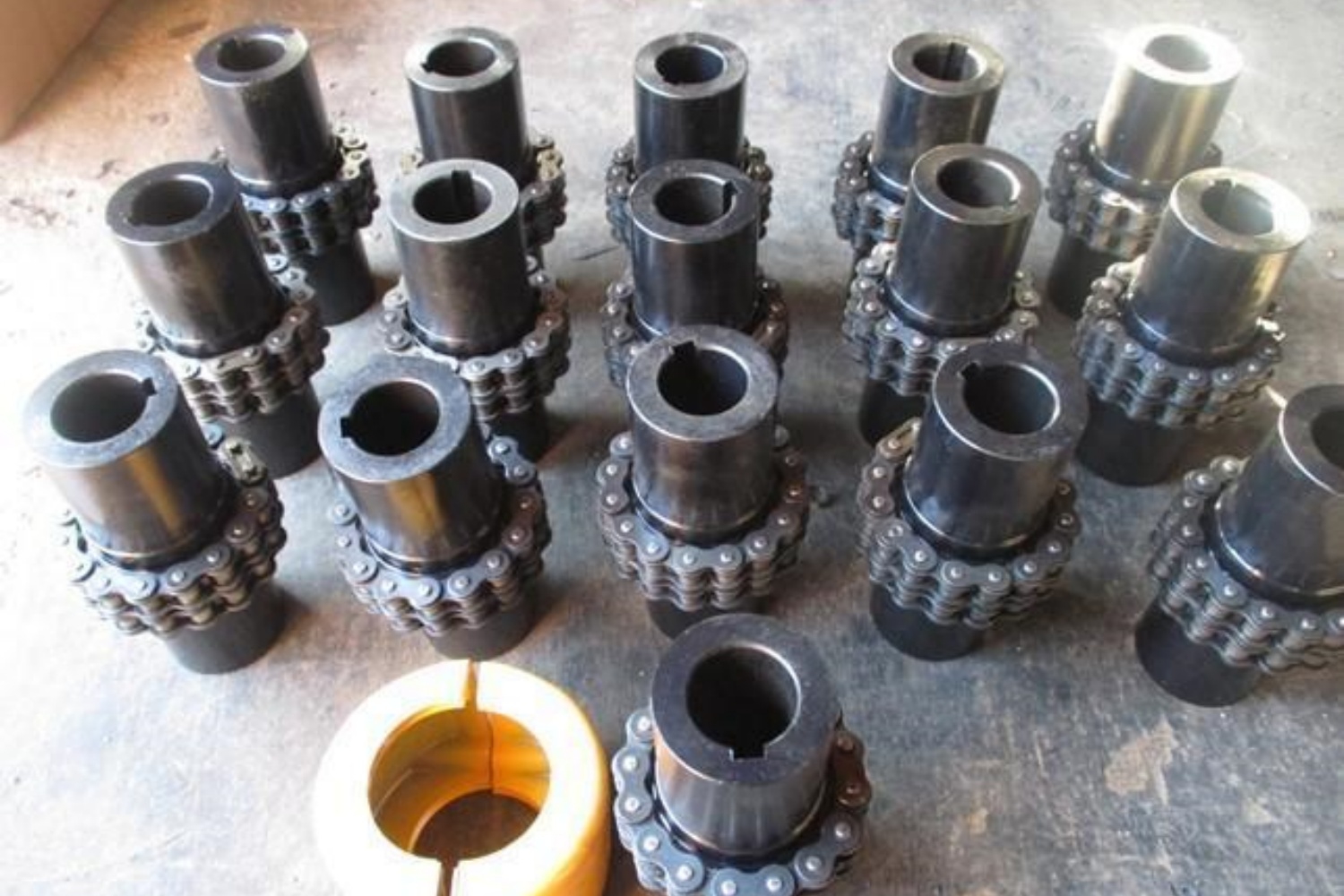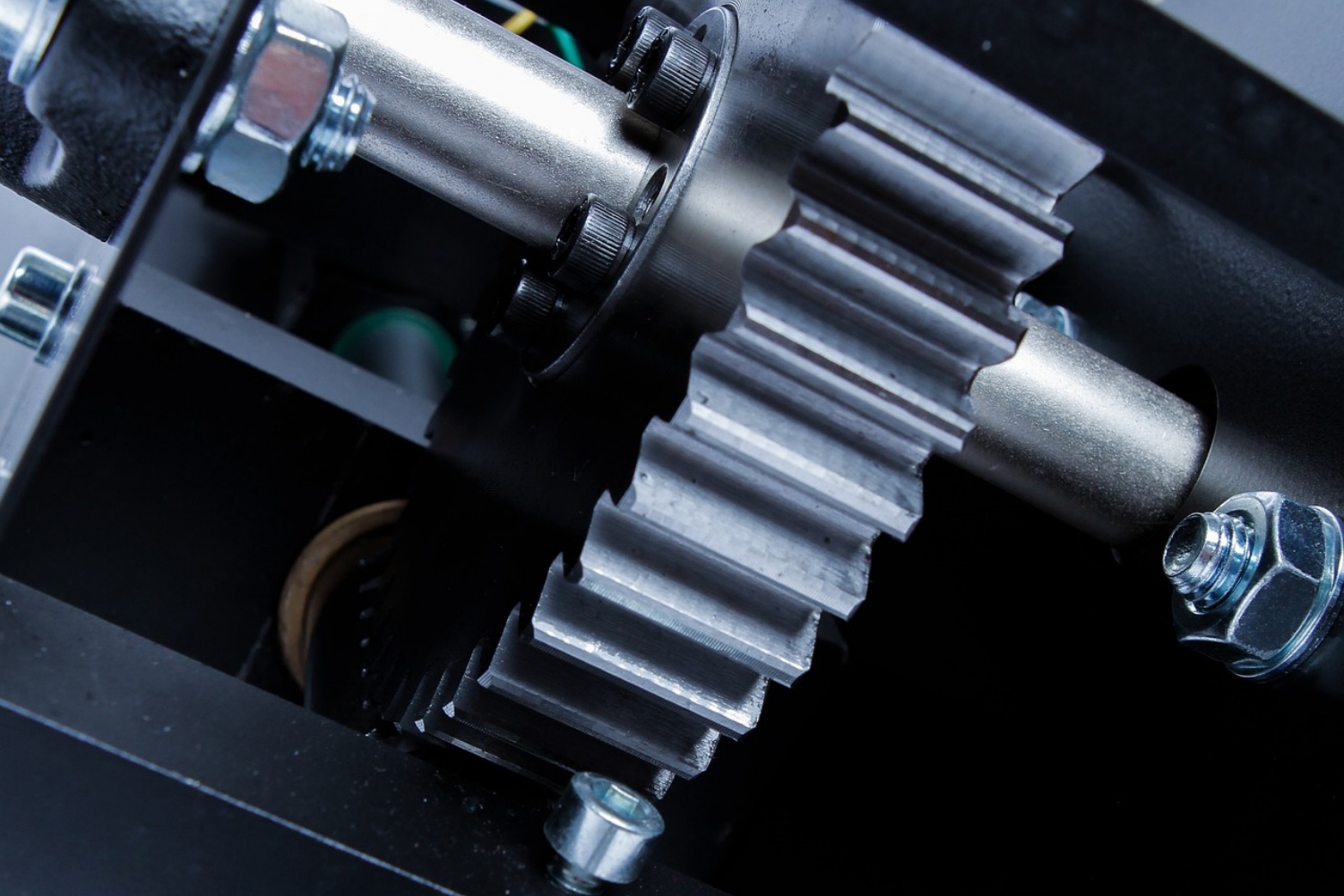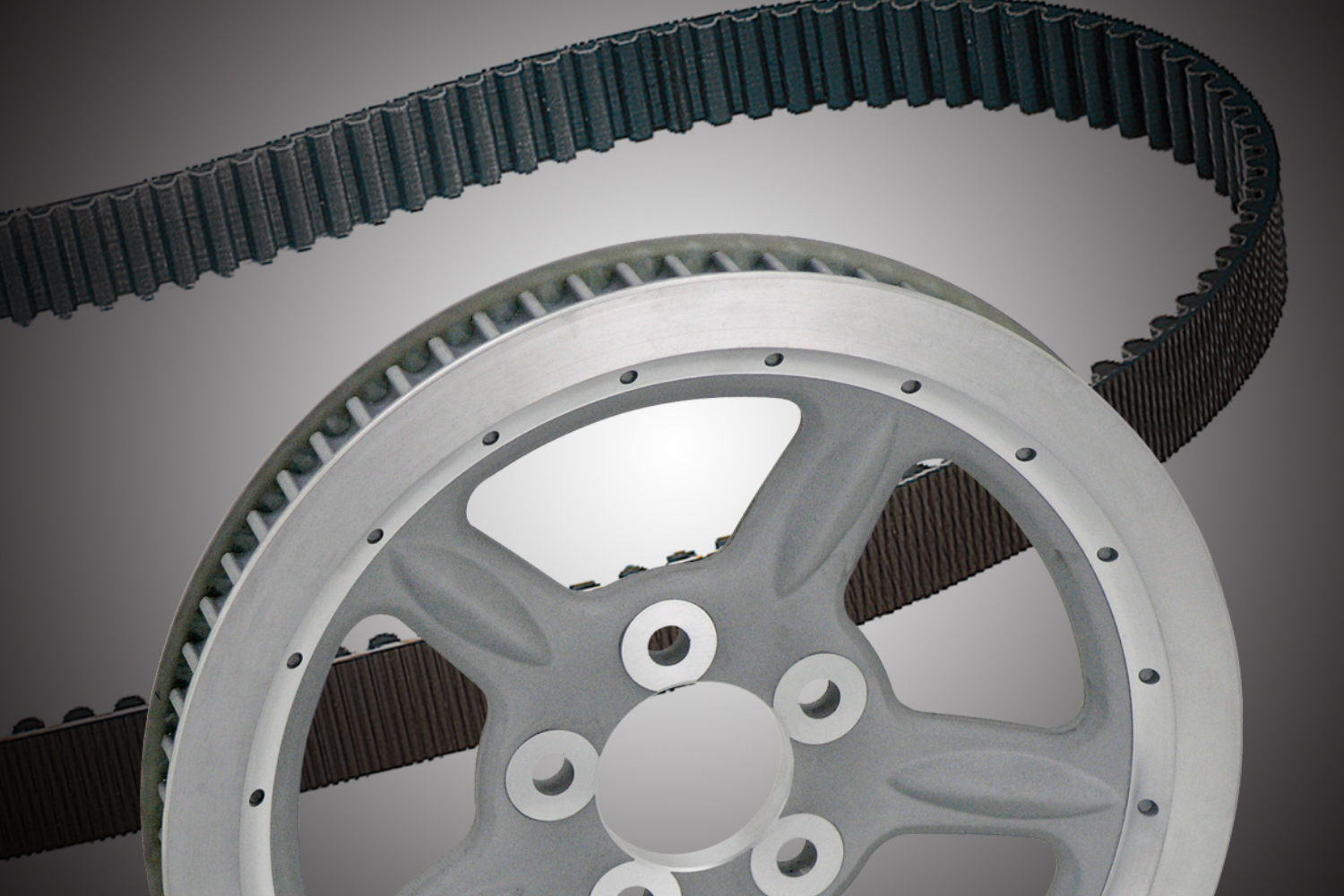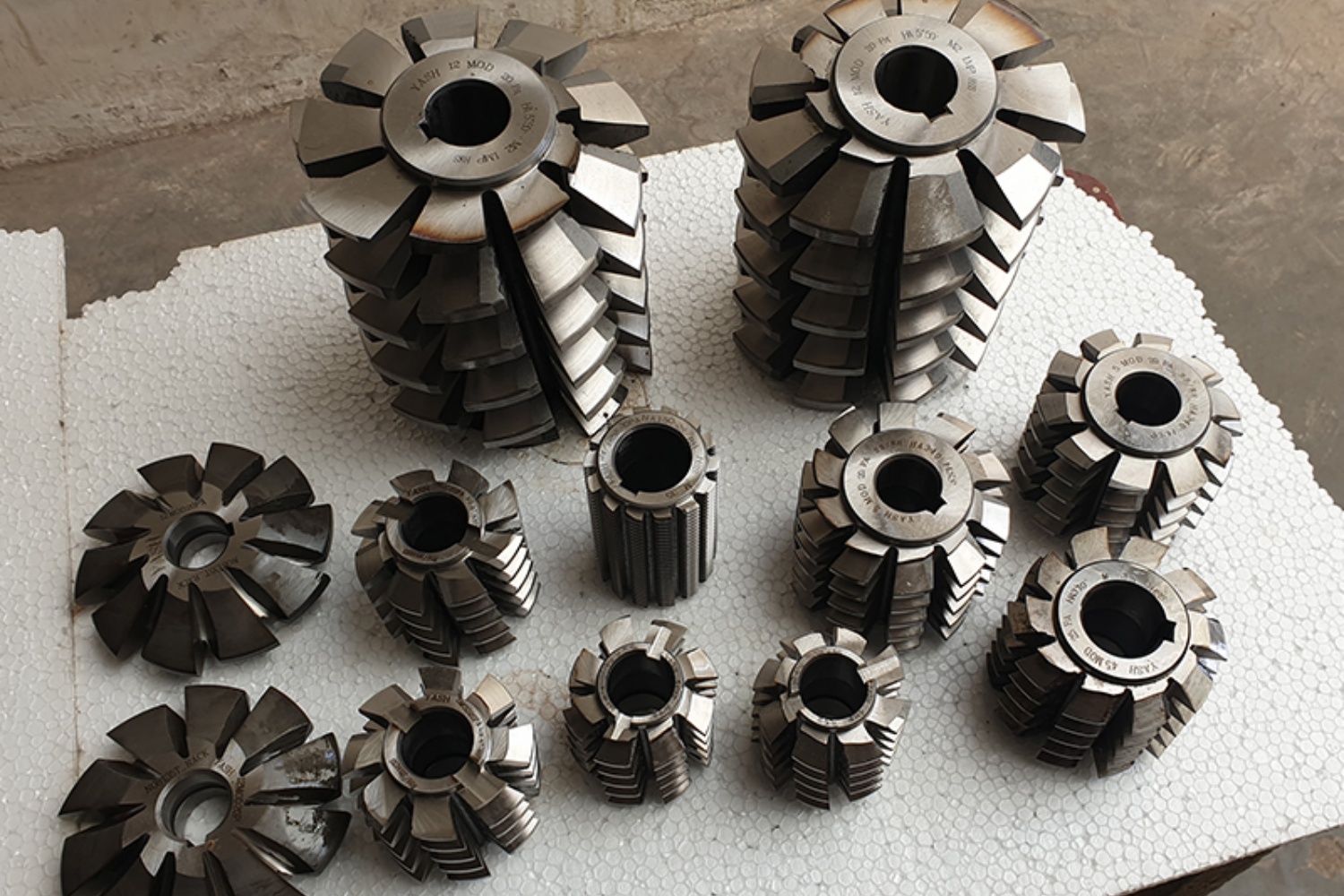Roller chain couplings are integral components in various industrial applications, facilitating efficient power transmission between shafts. Their economic impact and the cost-benefit analysis of their use are essential considerations for industries aiming to optimize performance while managing expenses. This article delves into the economic implications of roller chain couplings and provides a comprehensive cost-benefit analysis to highlight their value in industrial settings.
Economic Impact of Roller Chain Couplings
1. Initial Investment and Material Costs:
Roller chain couplings are generally cost-effective in terms of initial investment compared to other coupling types such as gear couplings or elastomeric couplings. The materials used, typically high-grade steel or stainless steel, provide a balance between cost and durability. This affordability makes them accessible for a wide range of industries, from manufacturing to heavy machinery.
2. Durability and Longevity:
The robust construction of roller chain couplings ensures a long service life, even in demanding environments. Their ability to withstand high torque loads and resist wear and tear translates to fewer replacements and lower long-term costs. This durability significantly impacts the economic viability of machinery by reducing the frequency of downtime and maintenance interventions.
3. Maintenance Costs:
Roller chain couplings are relatively low-maintenance compared to other coupling types. Regular lubrication and periodic inspections are usually sufficient to keep them in optimal working condition. The simplicity of their design allows for easy maintenance, which minimizes the associated labor costs and extends the lifespan of the couplings.
4. Energy Efficiency:
The efficient power transmission capabilities of roller chain couplings contribute to energy savings in industrial applications. Their design minimizes power loss, ensuring that more energy is utilized for productive work rather than being dissipated as heat. This energy efficiency can lead to significant cost savings over time, particularly in large-scale operations.
Cost-Benefit Analysis of Roller Chain Couplings
1. Initial Cost Comparison:
While roller chain couplings may have a higher upfront cost compared to some flexible or jaw couplings, their initial cost is often lower than gear couplings. This makes them a cost-effective option for applications requiring high torque transmission without the need for precision alignment.
2. Installation and Alignment:
The installation process for roller chain couplings is straightforward, requiring less precision in alignment compared to rigid couplings. This ease of installation reduces the labor time and costs associated with setting up the machinery. Moreover, the ability of roller chain couplings to accommodate misalignment further reduces the need for frequent adjustments, enhancing overall operational efficiency.
3. Maintenance and Downtime:
One of the most significant economic benefits of roller chain couplings is their low maintenance requirements. Regular lubrication and occasional inspections are typically all that is needed to maintain their performance. This simplicity reduces the labor and material costs associated with maintenance. Additionally, the robust nature of roller chain couplings means that they are less likely to fail unexpectedly, thus minimizing unplanned downtime and its associated costs.
4. Operational Efficiency:
The ability of roller chain couplings to transmit high torque efficiently makes them ideal for heavy-duty applications. This efficiency translates to improved performance of the machinery, which can enhance productivity and output. The reduction in energy losses also contributes to lower operational costs, providing further economic benefits.
5. Longevity and Replacement Costs:
The longevity of roller chain couplings means that they need to be replaced less frequently than other coupling types. This extended lifespan reduces the costs associated with purchasing and installing new couplings. Additionally, the durability of roller chain couplings ensures consistent performance over time, contributing to the overall reliability and efficiency of the machinery.
6. Versatility and Application Range:
Roller chain couplings are versatile and can be used in a wide range of applications, from conveyor systems to heavy machinery. This versatility means that a single type of coupling can be used across different parts of an industrial operation, simplifying inventory management and reducing the need to stock multiple types of couplings. This standardization can lead to cost savings in procurement and inventory management.
The economic impact of roller chain couplings is significant, providing cost-effective, durable, and efficient solutions for industrial power transmission. Their ability to transmit high torque loads, accommodate misalignment, and dampen shocks and vibrations makes them a valuable asset in various applications. The cost-benefit analysis clearly demonstrates that the initial investment in roller chain couplings is offset by their long-term benefits, including reduced maintenance costs, improved operational efficiency, and extended equipment lifespan.
By understanding these economic advantages, engineers and maintenance professionals can make informed decisions when selecting coupling solutions for their applications. Roller chain couplings not only enhance machinery performance but also contribute to cost savings and operational efficiency, making them an excellent choice for industrial applications. Investing in roller chain couplings is a strategic decision that can lead to improved productivity, minimized downtime, and optimized overall operational efficiency, ultimately benefiting the bottom line of any industrial operation.

CONTINUE READING
Related Posts
In the world of industrial manufacturing, the efficiency and reliability of transmission systems are critical to the success of any […]
In industrial settings, a smooth and quiet power transmission system is crucial for productivity, safety, and worker comfort. V Belt […]
Splines play a critical role in mechanical power transmission systems, enabling rotational motion and torque transfer between mating components. These […]





